Sanyo was founded when Toshio Iue the brother-in-law of Konosuke Matsushita and also a former Matsushita employee, was lent an unused Matsushita plant in 1947 and used it to make bicycle generator lamps. Sanyo was incorporated in 1949; in 1952 it made Japan's first plastic radio and in 1954 Japan's first pulsator-type washing machine. The company's name means three oceans in Japanese, referring to the founder's ambition to sell their products worldwide, across the Atlantic, Pacific, and Indian oceans.
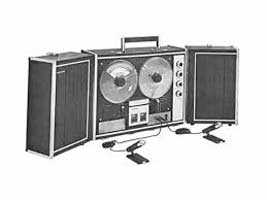 While Sanyo produced some reel to reel tape recorders, they were more known for cassette tape recorders and boom boxes. Sanyo never entered the professional reel to reel taperecorder market.
While Sanyo produced some reel to reel tape recorders, they were more known for cassette tape recorders and boom boxes. Sanyo never entered the professional reel to reel taperecorder market.
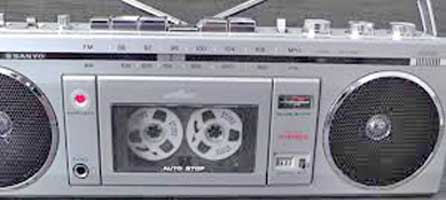
 In 1969 Howard Ladd became the Executive Vice President and COO of Sanyo Corporation. Ladd introduced the Sanyo brand to the
In 1969 Howard Ladd became the Executive Vice President and COO of Sanyo Corporation. Ladd introduced the Sanyo brand to the  UnitedStates in 1970. The ambition to sell Sanyo products worldwide was realized in the late 1970s after Sanyo introduced home audio equipment, car stereos and other consumer electronics to the North American market. The company embarked on a heavy television-based advertising campaign.
UnitedStates in 1970. The ambition to sell Sanyo products worldwide was realized in the late 1970s after Sanyo introduced home audio equipment, car stereos and other consumer electronics to the North American market. The company embarked on a heavy television-based advertising campaign.
Ladd negotiated a purchase of the Fisher Electronics audio equipment manufacturer by Sanyo in May 1977.UnderLadd’s leadership, the FisherCorporation under Sanyo grew to be a multi-million dollar leader in the consumer electronics industry. The new, profitable Fisher Corporation moved its headquarters from New York to Ladd's Los Angeles. Ladd was named President and CEO of the combined Sanyo / Fisher Corporation in 1977, serving until 1987.
Ladd was instrumental at Sanyo in promoting Quadraphonic sound audio equipment for the American market, producing 4-channel audio equipment in both SQ and Matrix formats. He said "we make all kinds of quadrasonic equipment because this is the business we're in... let the consumer buy the kind of software he prefers and we'll provide him the hardware to play it on".
Sanyo realized tremendous growth during Ladd's tenure in the 1970s; annual sales grew from $71.4 million (equivalent to $441,748,449 in 2020) in 1972 to $855 million (equivalent to $3,392,517,857 in 2020) in 1978.
Growth in the video sector was slowed by Sanyo's ill-fated decision to adopt Sony's Betamax VCR format instead of Matsushita's VHS. Although initially successful, the Betamax eventually became all but obsolete. Sanyo avoided further damage by later switching to the VHS format.
In 1976 Sanyo expanded their North American presence with the purchase of Whirlpool Corporation's television business, Warwick Electronics, which manufactured televisions for Sears.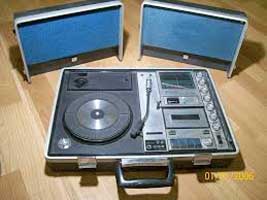
In 1986, Sanyo's U.S. affiliate merged with Fisher to become Sanyo Fisher (U.S.A.) Corporation (later renamed Sanyo Fisher Company). The mergers made the entire organization more efficient, but also resulted in the departure of certain key executives, including Ladd, who had first introduced the Sanyo name to the United States in the early 1970s.
In 1982, Sanyo started selling the MBC-1000 series of CP/M computers. In 1983 it introduced the MBC-550 PC, the lowest-cost IBM PC compatible personal computer available at the time, but its lack of full compatibility drove Sanyo from the market and no follow-on models were released.
An article on "Sanyo Style" written in 1992 described that Sanyo utilizes an extensive socialization process for new employees, so that they will be acclimatized to Sanyo's corporate culture. New employees take a five-month course during which they eat together and sleep together in accommodation. They learn everything from basic job requirements to company expectations for personal grooming and the appropriate way in which to dress for their co-workers and superiors.
Technologically Sanyo has had good ties with Sony, supporting the Betamax video format from invention until the mid-1980s (the best selling video recorder in the UK in 1983 was the Sanyo VTC5000), while producing the VHS video format at the same time for the Fisher brand during the early 1980s, and later being an early adopter of the highly successful Video8 camcorder format. More recently, though, Sanyo decided against supporting Sony's format, the Blu-ray Disc, and instead gave its backing to Toshiba's HD DVD. This was ultimately unsuccessful, however, as Sony's Blu-ray business and develop it as part of its portfolio
In 2008, Sanyo's mobile phone division was acquired by Kyocera.
On November 2, 2008, Sanyo and Panasonic announced that they have agreed on the main points of a proposed buyout that would make Sanyo a subsidiary of Panasonic. They became a subsidiary of Panasonic on December 21, 2009.
In 2010, Sanyo sold its semiconductor operations to ON Semiconductor
On July 29, 2010, Panasonic reached an agreement to acquire the remaining shares of Panasonic Electric Works and Sanyo shares for $9.4 billion.
By March 2012, parent company Panasonic plans to terminate the Sanyo brand, however it will remain on some of the products where the Sanyo brand still holds value to consumers.
In August 2013, a 51% majority stake in Chinese company Hefei Royalstar Sanyo, a 2000 joint venture between Japanese Sanyo and Chinese government investment company Hefei, was purchased by American multinational manufacturer Whirlpool Corporation for $552 million.
Photos of Sanyo recorders submitted by third parties. If your photo has not been credited, please let us know and we'll add your information. Thank you!
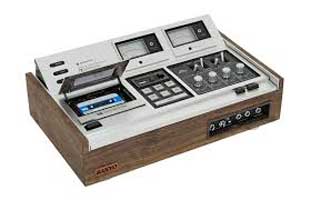


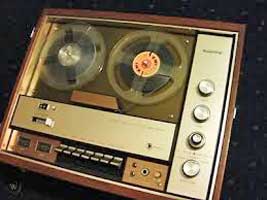

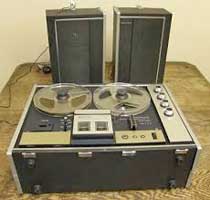
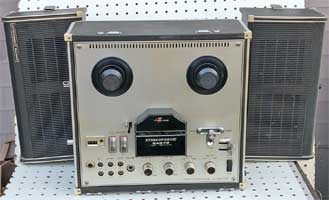
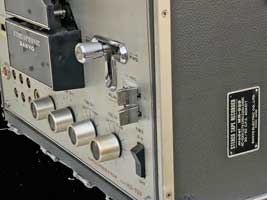
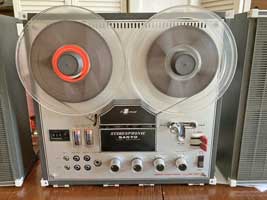

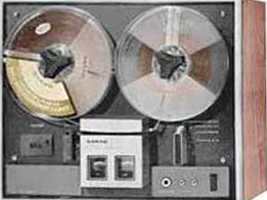
Photos below donated by Eduardo Barison





